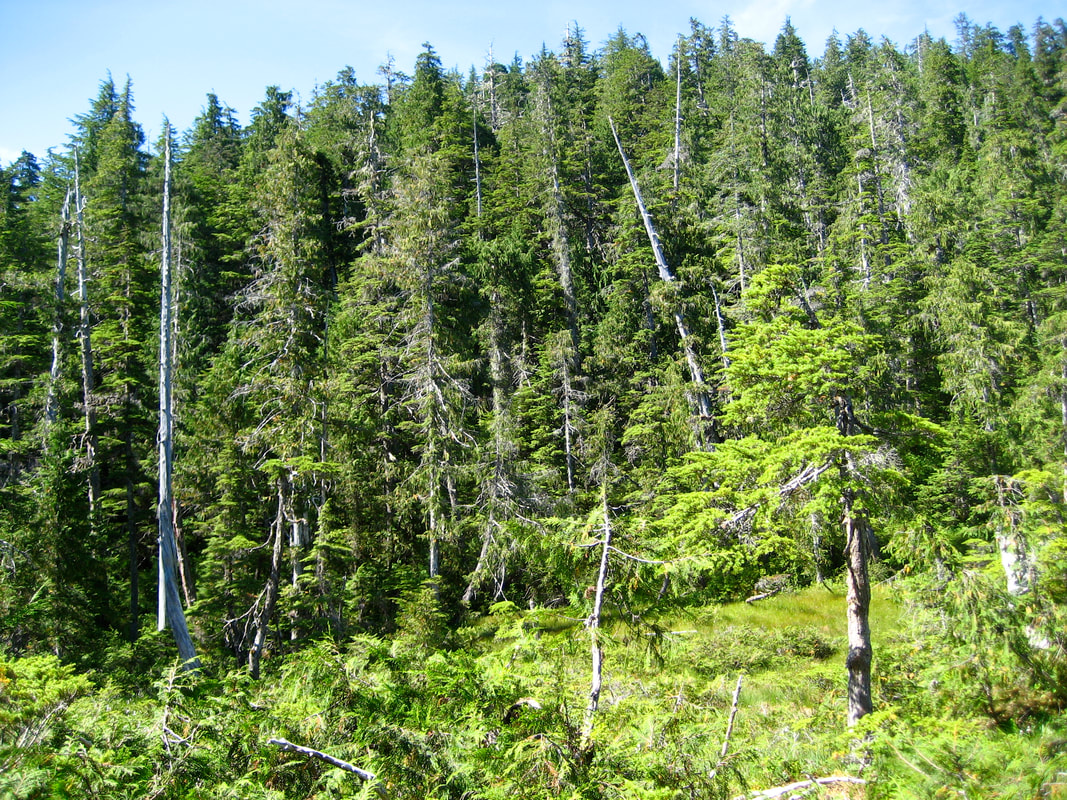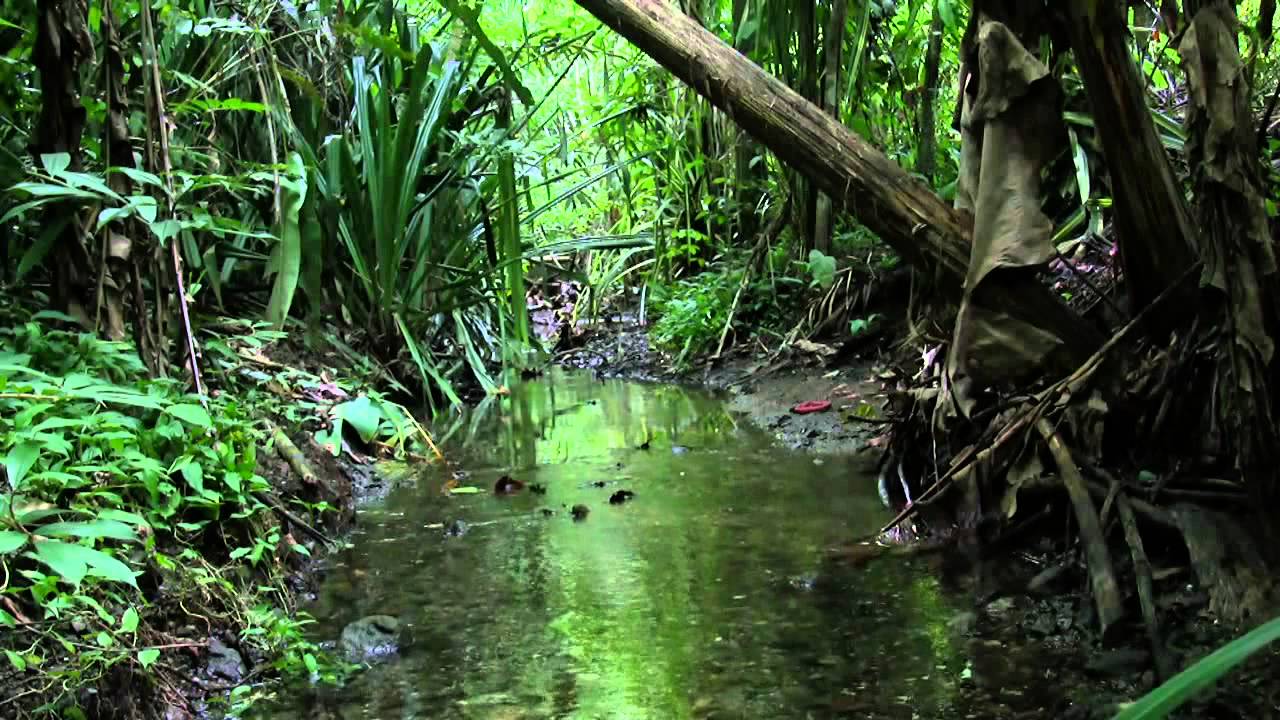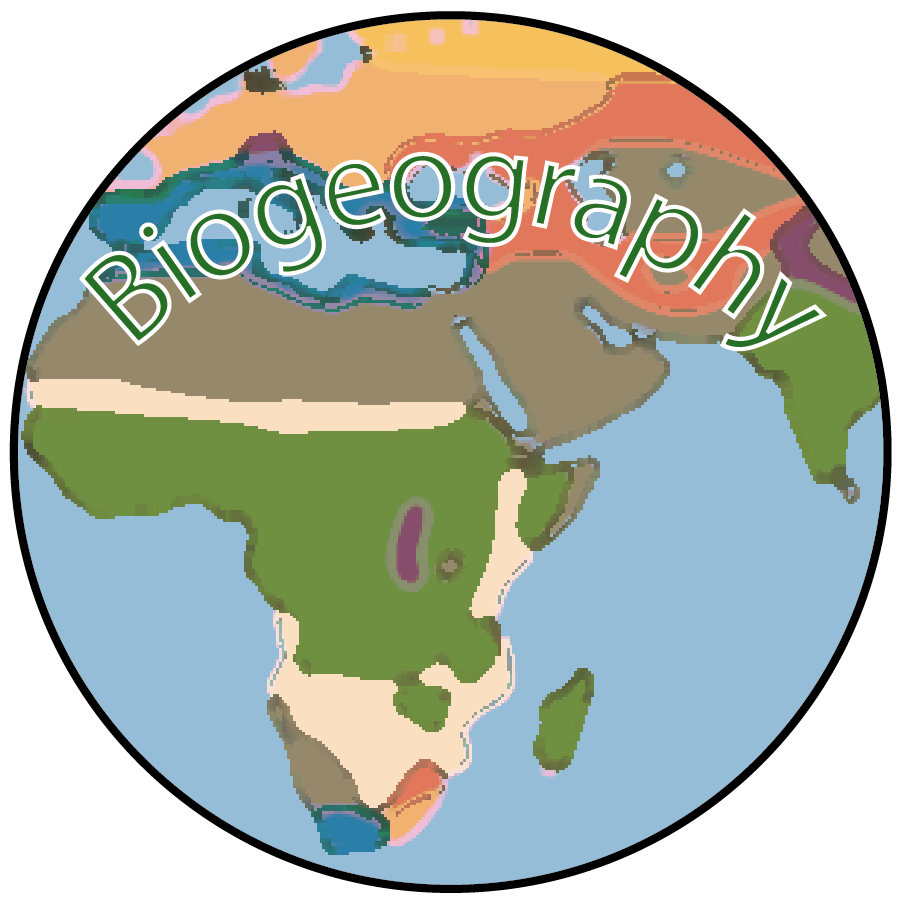Guiding Thought Question: (Use the images below to help you answer the following question) - Even though two areas may be classified as the same biome why might they have such wildly different plants and animals? What factors will lead to different speciation?
Today's Learning Objective: Students will examine the biogeographic realms and explore their placement and characteristics. Students will examine the spatial distribution of Biomes and their groupings into regions.



 RSS Feed
RSS Feed
